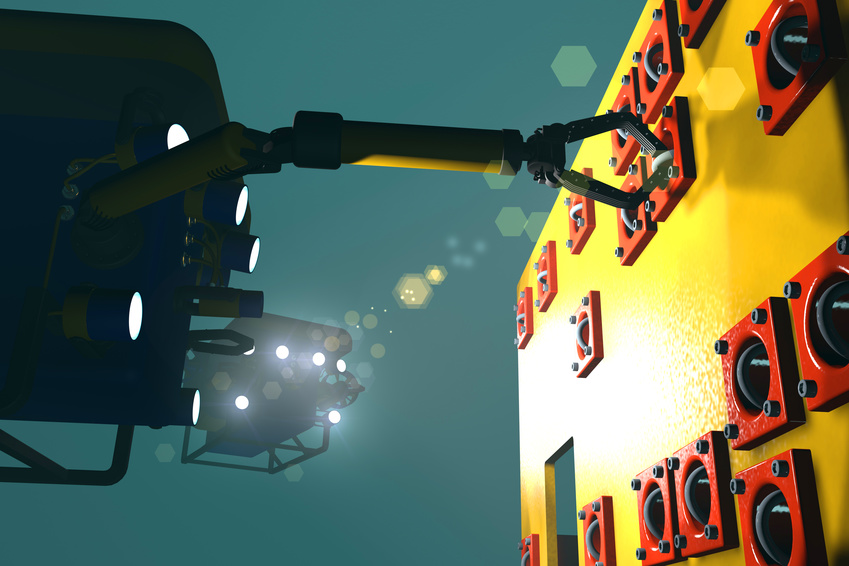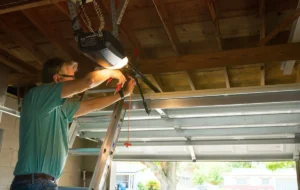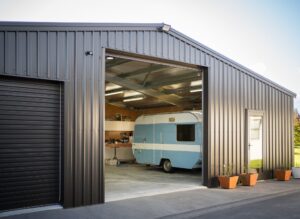
Subsea environments are among the harshest conditions any engineered system can face. With high pressures, corrosive seawater, extreme temperatures, and shifting currents, the materials used in subsea equipment must demonstrate exceptional durability and reliability. One alloy that has proven its worth in such challenging conditions is Inconel 625 pipe.
Engineered to endure both chemical corrosion and mechanical stress, Inconel 625 pipes have become the go-to choice for various subsea applications. In this blog, we’ll explore what makes Inconel 625 pipe indispensable in offshore and underwater operations, its properties, and where it’s most commonly used beneath the ocean’s surface.
Understanding Inconel 625 Pipe
Inconel 625 is a nickel-based superalloy made primarily of nickel (around 58%), chromium, molybdenum, and niobium. This combination results in a high-strength alloy with excellent resistance to oxidation and corrosion. Pipes made from this alloy—Inconel 625 pipe—are particularly valued for their performance in extreme environments, making them ideal for subsea and offshore applications.
Unlike carbon steel or stainless steel, Inconel 625 maintains its strength and resists degradation in high-pressure saltwater environments, where traditional materials tend to corrode or fail.
Key Properties of Inconel 625 Pipe for Subsea Use
1. Superior Corrosion Resistance
The primary challenge in subsea applications is corrosion caused by long-term exposure to seawater. Inconel 625 pipe resists both general and localized forms of corrosion, including:
- Pitting
- Crevice corrosion
- Stress-corrosion cracking
This makes it suitable for continuous submersion, even in highly saline and contaminated waters like those found around subsea oil rigs and pipelines.
2. High Strength Without Heat Treatment
Unlike many metals that require heat treatment to improve mechanical strength, Inconel 625 achieves high strength through solid-solution strengthening. This makes it easier to fabricate and weld for complex subsea assemblies, reducing downtime and cost.
3. Excellent Fatigue and Creep Resistance
In subsea applications, materials face cyclic loading due to ocean currents and equipment movement. Inconel 625 pipe resists fatigue and retains structural integrity even after long-term exposure to these stresses. Its creep resistance is equally critical in high-temperature, high-pressure underwater environments like those in deep-sea drilling operations.
4. Resistance to High-Pressure and High-Temperature Conditions
Subsea pipelines and equipment often operate under thousands of pounds per square inch of pressure. Inconel 625 pipe can withstand these conditions without deforming or losing its mechanical properties. Its resistance to temperatures exceeding 1000°F (538°C) further makes it suitable for transporting hot fluids in subsea thermal wells.
Applications of Inconel 625 Pipe in Subsea Industries
1. Subsea Oil and Gas Pipelines
One of the largest users of Inconel 625 pipe is the offshore oil and gas industry. These pipes are used to transport crude oil, natural gas, and injection fluids from the ocean floor to processing facilities. Their corrosion resistance ensures extended service life even when exposed to sour gas (H₂S), CO₂, and chlorides.
2. Riser Systems
In subsea production, risers connect the wellhead on the seabed to surface equipment. Because they are constantly exposed to marine conditions, fatigue, and high-pressure hydrocarbons, risers made from Inconel 625 provide unmatched safety and reliability.
3. Umbilicals and Control Lines
Umbilicals house control and communication cables as well as hydraulic and chemical injection lines. Inconel 625 pipe is used to protect these lines from seawater ingress and mechanical damage over long distances undersea.
4. Subsea Christmas Trees and Wellheads
Wellheads and subsea trees control the flow of hydrocarbons and are critical to safe subsea operations. Using Inconel 625 pipe in their construction ensures they perform reliably even under high pressures and corrosive fluids.
5. Heat Exchangers and Manifolds
Heat exchangers and fluid distribution manifolds often use Inconel 625 piping for its ability to handle thermal and mechanical stresses in subsea processing systems.
Why Choose Inconel 625 Pipe Over Other Materials in Subsea Applications?
| Material | Corrosion Resistance | Strength | Weldability | Cost | Subsea Suitability |
| Carbon Steel | Low | Moderate | High | Low | Poor |
| Stainless Steel | Moderate | Moderate | High | Moderate | Moderate |
| Titanium | Very High | High | Difficult | Very High | Excellent |
| Inconel 625 | Very High | Very High | High | High | Excellent |
While titanium offers similar corrosion resistance, it is more expensive and harder to machine. Stainless steel is cheaper but often requires additional coatings or protection in deep-sea environments. Inconel 625 pipe, by comparison, strikes a perfect balance between performance, longevity, and lifecycle cost.
Welding and Fabrication in Subsea Projects
One of the standout features of Inconel 625 pipe is its excellent weldability, especially using Gas Tungsten Arc Welding (GTAW) or Shielded Metal Arc Welding (SMAW). This is crucial in subsea installations where welding must be reliable, durable, and precise.
Fabrication into elbows, tees, reducers, and custom bends is also easier compared to other superalloys, giving designers and engineers more flexibility in configuring pipeline layouts.
Regulatory Standards and Certifications
Pipes used in subsea applications must meet stringent international standards for safety and performance. Inconel 625 pipes are typically certified under standards like:
- ASTM B444 (Seamless pipe and tube)
- ASTM B705 (Welded pipe)
- NACE MR0175/ISO 15156 for sour service
- ASME Boiler and Pressure Vessel Code
When selecting a supplier for Inconel 625 pipe, ensure these certifications are provided, particularly for projects in regulated sectors like oil and gas.
Sustainability and Lifecycle Performance
Subsea projects are often capital-intensive and expected to last decades. Using Inconel 625 pipe reduces the need for frequent maintenance or replacement, minimizing environmental impact and operational costs. Its long-term resistance to corrosion and cracking ensures consistent performance even after years of service on the ocean floor.
Conclusion
The unforgiving nature of subsea environments demands materials that offer top-tier performance across strength, corrosion resistance, and longevity. Inconel 625 pipe meets and often exceeds these requirements, making it one of the most trusted materials in the offshore and underwater industries.
Whether used in riser systems, pipelines, or wellhead assemblies, Inconel 625 ensures operational reliability, minimizes downtime, and extends the lifespan of critical subsea infrastructure.





